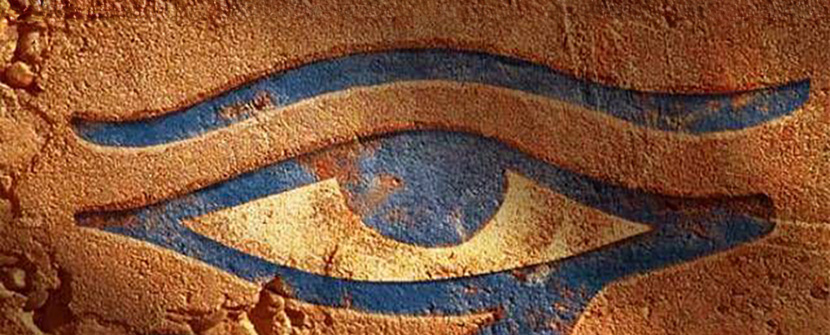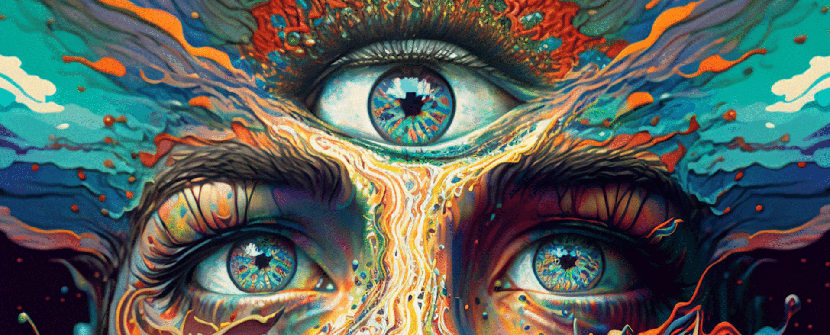Have you ever been intrigued by the intricate symbols etched into ancient stones, embroidered on age-old tapestries, or prominently displayed in various historical artifacts? If the answer is yes, then you're not alone!
The allure of ancient symbols is both timeless and universal. These enigmatic icons have, for millennia, fascinated scholars, spiritual seekers, and even the simply curious.
Their charm often lies in the promise of something deeply profound—sometimes a cryptic message, and often, a shield against life's adversities.
Today, we are embarking on an exciting journey that takes us back through the corridors of time, exploring these enduring emblems of safety and well-being.
Whether you're a history buff, a spiritual seeker, or just someone looking for an interesting read, this post aims to delve into the mystical realm of ancient symbols that have served as spiritual guardians.
From the banks of the Nile to the frigid landscapes of Scandinavia, from the sun-kissed lands of ancient Greece to the mysterious groves of the Celts, these symbols have provided an ethereal layer of protection against both seen and unseen forces.
So let's buckle up and set our sights on these fascinating protective symbols that our ancestors revered, symbols that have transcended centuries to captivate our imaginations even today.
1. Eye of Horus (Wadjet) – The All-Seeing Egyptian Eye
Ancient Egypt, a civilization synonymous with pyramids, mummies, and cryptic hieroglyphs, bequeathed to us the Eye of Horus. Rooted in mythology, the Eye represents protection, health, and royal power. It's said that Horus, the falcon-headed god, lost his eye in battle. Miraculously restored, the Eye transformed into a potent amulet. Today, it's an iconic symbol, reminding us of Egypt's majestic legacy.
2. Ankh – The Egyptian Key of Life
Yet another gem from the Nile's banks! The Ankh, often mistaken for a fancy cross, epitomizes life and immortality. It also symbolizes death, rebirth, and the union of opposites. Pharaohs were often depicted with the ankh, indicating their divine connection and protection in life and afterlife.
3. Norse Aegishjalmur – The Helm of Awe
The fierce Vikings, intrepid explorers, and warriors of the North, held the Aegishjalmur in high esteem. Comprising eight spiked tridents radiating from a central point, this symbol was believed to provide invincibility in battle and protection from adversaries. Ancient Norse sagas are rife with tales of warriors emboldened by the Helm of Awe's magic.
4. Greek Evil Eye (Matiasma) – Warding Off Malevolent Gazes
In sun-kissed ancient Greece, where gods mingled with mortals, the Evil Eye or Matiasma was both a curse and a protective emblem. It was thought that envious glances could bring misfortune. To counter this, talismans depicting a blue and white eye were ubiquitously used. Today, this symbol remains popular, adorning homes and jewelry across the Mediterranean and beyond.
5. Celtic Knots – Tying the Bonds of Protection
The Celts, with their druids and mystical groves, believed in the protective power of endless loops. Celtic knots, with their intricate patterns lacking a clear beginning or end, represented eternity, continuity, and protection. The Shield Knot, a specific type of Celtic knot, was especially used as a protective emblem against evil spirits.
6. Pentacle – Five Points of Guard
An ancient symbol adopted by various cultures, from the mystic Druids to the Greeks, the pentacle is a circle embracing a five-pointed star. Each point of the star symbolizes one of the elements: earth, air, fire, water, and spirit. Its continuous line offers protection, harmony, and balance between these elements.
7. Solomon’s Seal – The Divine Geometry
King Solomon, the wise biblical king, is said to have possessed a signet ring engraved with a symbol known as Solomon’s Seal. This hexagonal star pattern, made of two interlocking triangles, is believed to be a powerful protective talisman, fending off terrestrial and supernatural dangers.
8. Swastika – Before the Darkness
Centuries before its misuse in the 20th century, the swastika was a symbol of auspiciousness, prosperity, and protection across multiple ancient cultures, from the Indian subcontinent to the Celts. Its four arms, rotating around a pivot, embodied the cycle of life, seasons, and the interconnectedness of all beings.
Wrap Up:
History, with its myriad tales, cultures, and mysteries, offers us a treasure trove of symbols. These protective symbols, each echoing the ethos and beliefs of the era and region they hail from, serve as links to our collective past. They remind us of humanity's innate desire for safety, harmony, and the spiritual connections that have always been sought to guard against the unknown.
Whether you're an enthusiast of history, a lover of mysteries, or someone seeking spiritual emblems, these symbols resonate even today. Perhaps they remind us that protection, in its many forms, is a universal pursuit, transcending time and geography.
Stay enchanted, and until next time, journey safely with the guardians of the past by your side!
Product Ad
Product Ad
Successful businesses have many things in common, today we’ll look at the big ‘R’of recognitional advertising network may help.
Recognition can be illustrated by two individuals entering a crowded room at a party.



